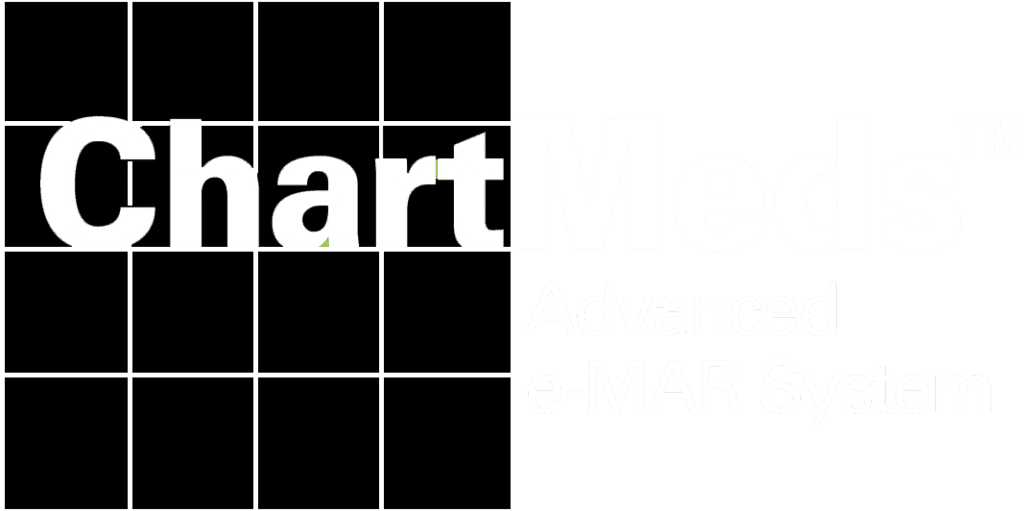The importance of doctors in public health institutions cannot be overstated. They are critical to maintaining the health and well-being of the population. However, there is a growing concern about doctor shortages in these institutions.
According to the American Medical Association, the United States could face a shortage of up to 124,000 physicians within a little more than a decade. This projection, if it were to come true, could place many communities in stressful situations where access to quality care becomes limited.
This shortage can result in longer wait times, reduced access to specialized care, increased workload for remaining doctors, and higher healthcare costs. To learn more about this increasing concern for organizations in the United States, we’re going to provide an in-depth analysis of doctor shortages in public health institutions, the causes, impact, and strategies to navigate them.
Causes of Doctor Shortages
No single cause contributes to doctor shortages. Instead, a number of potential factors can influence the availability of physicians within a geographic region. Some commonly cited ones include:
Aging Population
The Baby Boomer generation represents one of the largest population spikes in American history. In the 2020s, these individuals comprise most of the adult population over the age of 60.
As this large portion of the population ages, the demand for healthcare services also increases. This demand puts a strain on the existing healthcare system, including the availability of doctors. The increased need for healthcare services means that more doctors are necessary.
Insufficient Number of Medical Graduates
Earning a medical degree requires more time and money than almost any other profession. While the career can result in extraordinarily high earnings, the initial investments can create a barrier for some, and the stress of these programs can lead to dropouts for others.
There is an insufficient number of medical graduates in many countries, and the U.S. is no exception. This shortage is a result of a lack of funding, lack of interest in medicine, and stringent entry requirements into medical schools.
Physician Burnout and Retirement
Doctors are overworked, and this leads to burnout, especially in communities with an insufficient number of medical professionals. Burnout can cause doctors to retire early or change careers, leading to a shortage of doctors.
What causes burnout? From long hours to emotional exhaustion and lack of a work-life balance, doctors are expected to sacrifice much of their lives to better those of others. At some point, though, some reach a limit and want to spend their time elsewhere.
Limited Availability of Rural Health Services
Many rural areas lack access to adequate healthcare services. Due to factors like medical school debts and personal desire for higher earnings, many doctors prefer to work in coastal and urban areas where populations and salaries are both at their highest.
Impact of Doctor Shortages
In areas where doctor shortages occur, the following results can impact residents and communities:
- Longer Wait Times: Shortages can lead to longer wait times for healthcare services. This delay can lead to more severe health issues for patients and a strain on the local healthcare system.
- Reduced Access to Specialized Care: Patients may have to travel long distances to receive specialized care, which can be expensive and time-consuming.
- Increased Workload for Remaining Doctors: This increased workload can exacerbate burnout and hasten a shortage of doctors in the future.
- Higher Healthcare Costs: Patients may have to pay more for healthcare services because of the high demand for care in an environment with reduced supply.
Strategies to Navigate Doctor Shortages
Expanding the Role of Non-Physician Healthcare Providers: Non-physician healthcare providers, such as nurse practitioners and physician assistants, can help navigate doctor shortages. These providers can provide basic healthcare services and free up doctors to provide specialized care.
Increasing Medical School Enrollment: Increasing medical school enrollment can help address the shortage of doctors. This increase in enrollment can be achieved by increasing funding for medical schools and reducing entry requirements to make these programs more accessible for talented individuals who may not have been able to overcome traditional barriers to entry in the past.
Encouraging Doctors to Work in Underserved Areas: Governments can encourage doctors to work in underserved areas by providing financial incentives and improving the working conditions in these areas.
Improving Working Conditions for Doctors: Improving the working conditions for doctors can help reduce burnout and retain doctors. This improvement can be achieved by reducing work hours, removing low-level administrative tasks, increasing pay, and providing more work-life balance.
Using Telemedicine: Telemedicine can help navigate doctor shortages by providing virtual healthcare services. With appointments conducted over video, a doctor can see more patients in less time and do not need to be in a physical medical facility to provide treatment or prescribe medication.
Removing Administrative Burdens in a Doctor-Starved Environment
Doctors and other medical professionals are required to follow a nearly endless list of regulations and compliance demands. This can result in a wide range of tedious administrative tasks that, if completed manually, only contribute to stress, burnout, and less time spent with patients.
Simply put: Doctors are trained to be doctors and they want to work as such. They do not want to be spending long hours filing paperwork and checking off compliance boxes.
Another major administrative burden that can impact a doctor’s work life is traditional data barriers that often prevent information from seamlessly flowing between providers. When patient information is stored physically, it cannot be retrieved easily from the original source.
With a software solution like an electronic health records (EHR) management system, this barrier is eliminated and providers can easily retrieve critical data from a single, secure source. Additionally, an EHR can also help to automate and streamline a large number of data entry tasks so that doctors do not have to spend time manually completing these processes.
Reduce the Burden of Doctor Shortages in Your Organization
At Integrative, we develop an innovative suite of software solutions to assist medical organizations in maximizing their time to spend on patient care. From a high-performing and fully compliant EHR system to intelligent billing and claims management solutions, you can reduce the administrative burden on doctors and create more time for them to spend caring for patients. To learn more about how we can help you navigate doctor shortages in your area, schedule a demo with us anytime.









